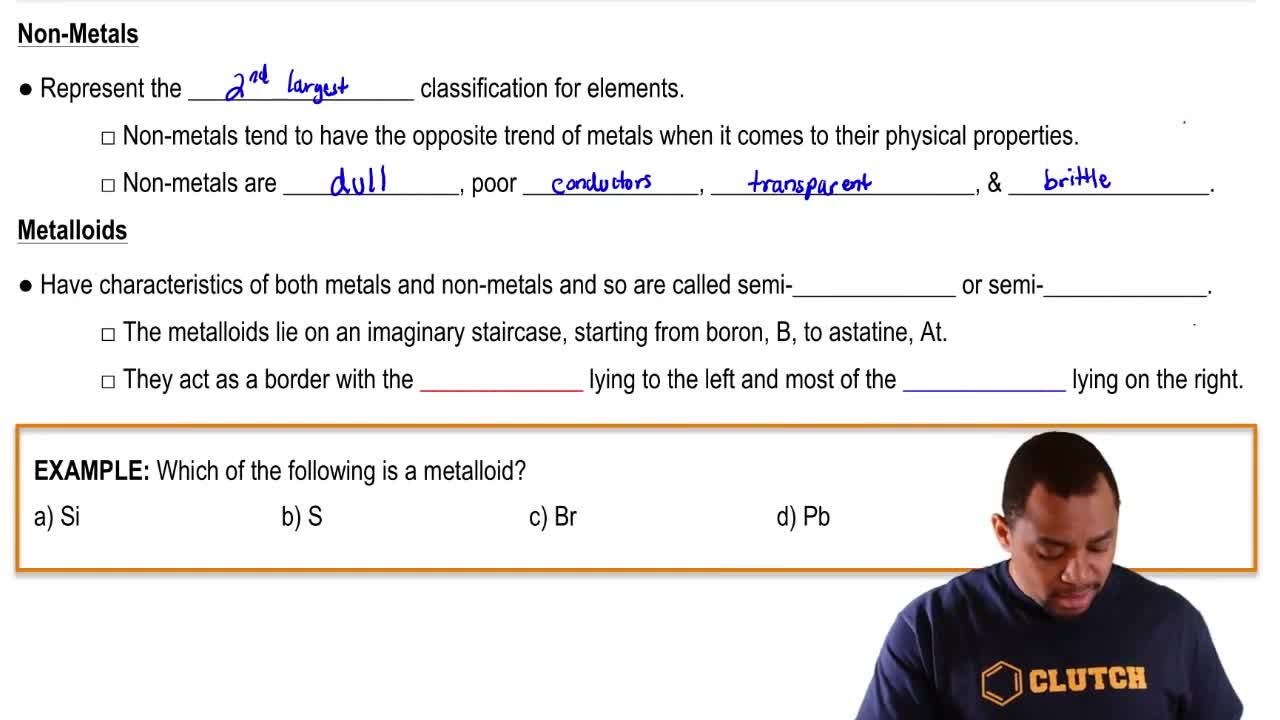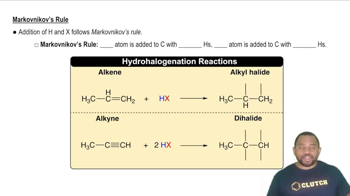Here are the essential concepts you must grasp in order to answer the question correctly.
Doping in Semiconductors
Doping is the intentional introduction of impurities into a semiconductor to modify its electrical properties. In n-type semiconductors, elements with more valence electrons than the semiconductor material are added, providing extra electrons that enhance conductivity. For Gallium Arsenide (GaAs), which has three valence electrons from Ga and five from As, n-type doping typically involves elements from group V of the periodic table.
Recommended video:
N-type Semiconductors
N-type semiconductors are created when a semiconductor is doped with elements that have more valence electrons than the semiconductor itself, resulting in an excess of electrons. These extra electrons serve as charge carriers, increasing the material's conductivity. In the case of GaAs, suitable dopants would be elements like phosphorus (P) or arsenic (As) that can replace gallium (Ga) and contribute additional electrons.
Recommended video:
Gallium Arsenide (GaAs) Structure
Gallium Arsenide (GaAs) is a compound semiconductor with a zinc-blende crystal structure, consisting of gallium (Ga) and arsenic (As) atoms. Understanding its structure is crucial for effective doping, as the arrangement of atoms influences how dopants interact with the lattice. The replacement of Ga with suitable dopants must maintain the crystal integrity while introducing the desired electrical properties.
Recommended video:




